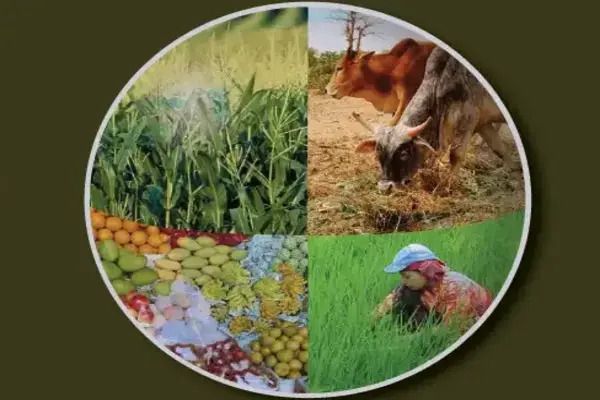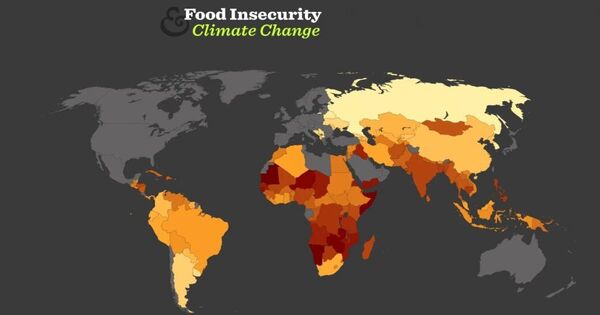According to a study conducted by the University of Southampton, market forces have delivered good food price stability over the last half century, notwithstanding extreme weather circumstances. Economists at Southampton, in partnership with UCL, found that considerable uncertainty about future harvests has not destabilized the market. The findings are reported in the Journal of Economic Dynamics and Control.
Wheat is a major crop in the United States utilized for food production. A limited portion is used for animal feed, and the crop is not converted into biofuel. The primary buyers of wheat are flour mills, food processors, and direct consumers.
The researchers analyzed data on American wheat production, inventories, crop area, pricing, and overall market circumstances from 1950 to 2018, as well as records of annual weather fluctuations throughout the same time period. This indicated a significant rise in weather and harvest variability beginning in 1974.
Extreme weather events, such as droughts and floods, are becoming more frequent and intense across the world due to climate change. Understanding the impact of this variability on food commodity prices is crucial, as it could have serious implications for food security.
Dr Vincenzo De Lipsis
“Before the mid-1970s, oil was the dominant driver of wheat price fluctuations in the United States, but after that point, we see a much stronger influence from a broader set of factors that include weather and food consumption,” explains lead author Dr Vincenzo De Lipsis of the University of Southampton.
“Extreme weather events, such as droughts and floods, are becoming more frequent and intense across the world due to climate change. Understanding the impact of this variability on food commodity prices is crucial, as it could have serious implications for food security.”
The authors found that in the US the market system around wheat has remained competitive, functioning well, and adapting to the new uncertain climate conditions. The potential for weather fluctuations to adversely affect wheat prices has increased, but in reality, this hasn’t been passed on to the market. Wheat prices remain relatively stable, along with the price of associated goods.
The researchers found that this is mainly due to farmers and agricultural industries providing a buffer, smoothing out any bumps in the supply of grain to retailers and consumers, thus reducing shocks to the market that poor harvests may cause. This has been achieved by investment in substantial storage facilities, modern infrastructure, and good transport links.

According to the study, the US wheat sector has demonstrated remarkable resilience and flexibility in adapting to the ever-increasing unpredictability of the climate and harvest by modifying its inventory management. At the same time, there is no indication that the wheat market is vulnerable to excessive volatility from the related financial futures market, which can often emerge in commodity markets in response to increased uncertainty regarding future production capacity.
Commenting on what policymakers can take from the research, Dr. De Lipsis says: “We have shown that market forces provide a powerful stabilizing mechanism to counter the increased variability in weather and harvest observed in the last half a century.
“The market mechanism is one of the most effective tools that governments can use to address climate change and ensure food security. Effective implementation requires a competitive commodity market, contemporary infrastructure, adequate food storage capacity, and a liquid futures market.”
“However, while the system in the United States remains robust, it is difficult to predict whether storage mechanisms will perform equally well in the face of unprecedented levels of weather variability — the type of extreme events that can potentially disrupt the transportation network and the very infrastructure on which it is based.”
The authors acknowledge that stability is easier to achieve in developed and more affluent countries, but say that their results underscore the need to prioritise investment in these key areas in developing regions to ensure a reliable and secure food supply in the future.
















